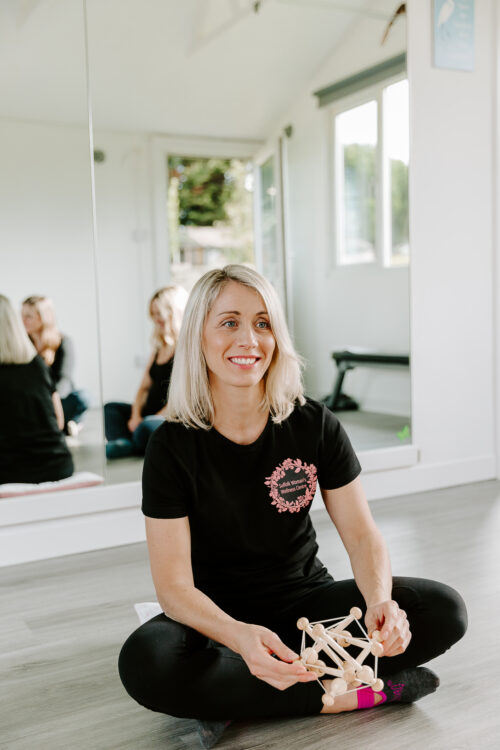Pelvic Floor, Back, and Core Health
Nina Parham, Founder Of Suffolk Women’s Wellness Centre, talks about the importance of pelvic floor exercises and how to do them safely.

Pelvic floor exercises have been discussed for decades.
You may have been told to stop the flow of urine when they go to the toilet, so you know which muscles to exercise when focusing on your pelvic floor. You are then told to do these exercises daily, and often without any other instruction.
But are you doing them correctly?
Have you ever thought about engaging your pelvic floor when carrying heavy bags, moving lots of heavy objects, during exercising, or picking up a child? Repetitive patterns of exertion puts a massive amount of pressure through the muscles in your tummy and pelvis, and if you have not trained the muscles to work for you, over time they may become unable to hold the pelvic organs in their right place or allow for efficient emptying of your bladder and bowel.
If muscles in your pelvis are not working as well as they could be, other muscles take over to compensate for a dysfunctional core. You may find that it is hard to activate your pelvic floor without squeezing the muscles in your bottom, holding your breath, or pushing out your tummy.
You cannot strengthen a muscle your brain cannot activate. You need exercises help you ‘find the muscle’ and activate it properly. You need to learn to isolate the pelvic floor, to train it to contract. The brain needs to consciously ‘find the muscle’ it wants to use and activate it properly. The body can then ‘re-wire’ itself to make that muscle become active.
Pelvic floor muscles do not work alone. They interact with some ‘core’ muscles in your body: your deep lower stomach muscle, your deep back muscle, and your breathing muscle. You need to pay individual attention to all four ‘walls’
of your core, before activating them in the right sequence, to work in together effectively.
After training the brain to ‘fire up’ and strengthen the core muscles correctly, the next stage is to adopt a whole-body approach with your exercises, and combine your core exercises with movement that replicates your daily life activities.
Any movement we do, whether it is a lunge, squat, rotation, bend, or extending your spine, your pelvic floor and core is challenged to assist those movements and support the organs and structures within the pelvis.
With the right coaching, you will improve the look of your tummy, and be reducing symptoms such as leaking urine, or passing wind, plus the occurrence of your bladder, bowel or uterus falling into your vagina. So, pelvic floor exercises alone, do not help to restore or maintain the health of your pelvic floor.
Working with the right specialist in women’s pelvic health, you will learn how to activate both pelvic floor and the other essential muscle groups required, to achieve optimum functioning.
Nina is a practicing Midwife and a women’s pelvic health specialist. She has worked with hundreds of Suffolk women, to improve the health and confidence in their bodies. To find out more about her Postnatal Mummy MOTs and Menopausal Well Woman MOTs, visit Nina’s website: www.swwcuk.com



Comments are closed.